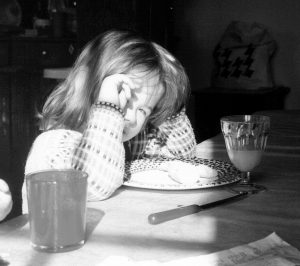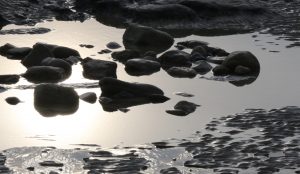 Photography, for me, is not about how to use a camera or how to process the resulting images. There are plenty of photographers much better qualified than I to answer all of these questions. To me, photography is all about ways of seeing things.
Photography, for me, is not about how to use a camera or how to process the resulting images. There are plenty of photographers much better qualified than I to answer all of these questions. To me, photography is all about ways of seeing things.
There are no common themes running through my photographs, no links in time or location. There are no beaming children posing for the camera. Nor is this about photojournalism. There are no celebrities here, willing or unwilling. Egos rarely make good images. Nor will you find pictures of world changing events. There are no planes hitting skyscrapers, no match-winning goals. All you will find are photographs taken by me over the last 25 to 30 years. Each photograph is here for a reason. Sometimes the circumstances in which the photograph was taken were in some way special. Sometimes the subject matter is remarkable. Most often, the photographs simply reveal a sense of the aesthetic. In some cases, the pictures were carefully set up, taken and processed. In other cases, the subject was ‘snapped’. Some photographs were taken using equipment costing hundreds, even thousands of pounds.
Others were taken on more modest cameras. In some cases even mobile phones were used.
 I should nail my colours to the mast immediately on the subject of image processing. There are many who believe that a photograph should represent solely what the photographer saw through the lens of his camera. Nothing should be added or taken away. In essence, the image should be as close as possible to the contents of the viewfinder.
I should nail my colours to the mast immediately on the subject of image processing. There are many who believe that a photograph should represent solely what the photographer saw through the lens of his camera. Nothing should be added or taken away. In essence, the image should be as close as possible to the contents of the viewfinder.
Others feel that the joy of photography lies in the manipulation of images. Inasmuch as the pleasure of photography lies for some in the act of pressing the shutter on a well composed subject, for others the thrill of photography lies in the digital darkroom and the many tricks and manipulations possible. One school sees photography as a form of realism. The other sees the photo captured by the camera as little more than a starting point for software-based manipulations of the image. I fall somewhere between these two positions.
Since camera characteristics vary, even the contents of the viewfinder will differ from camera to camera. I do not believe the image from the camera to be sacrosanct, above question even. I don’t believe that photography as an art ends when the shutter is pressed. Nor do I believe that it begins at this point, with the camera’s image providing little more than a starting point for artificial distortions. This shows contempt for the source.
 To my mind, the essence of photographic manipulation lies in being faithful to my imagination rather than to the camera. I do feel that the final image is more important than the starting image and I will happily use software to make that final image the best it can be.
To my mind, the essence of photographic manipulation lies in being faithful to my imagination rather than to the camera. I do feel that the final image is more important than the starting image and I will happily use software to make that final image the best it can be.
Alteration of light balance, contrast and colour saturation are my principal chosen modifications. And in each case, the intention is to be as faithful to what I imagined I ‘saw’ through the viewfinder as I can be. Mostly I use software to correct photographs where the camera has failed to match my mind’s eye, where the shutter has proven a poor substitute for the eye.
The same applies to cropping. The mind has an innate ability to ignore irrelevant detail around the periphery of vision. The camera has no such ability. Photographs capture all sorts of irrelevances that the eye does not. I have no qualms about cropping these details out of the picture. Indeed I believe that cropping is almost a necessity in photography. Life does not happen in 6″ x 4″ frames. So yes, I use software manipulations on many of my photographs. But in each case, the purpose is to make the photographs more rather than less faithful to the original subject. I think that is important.
 Examples of my photographs can be found on Flickr.
Examples of my photographs can be found on Flickr.
 Shadows and Light, my book of photos and words, can be bought here.
Shadows and Light, my book of photos and words, can be bought here.